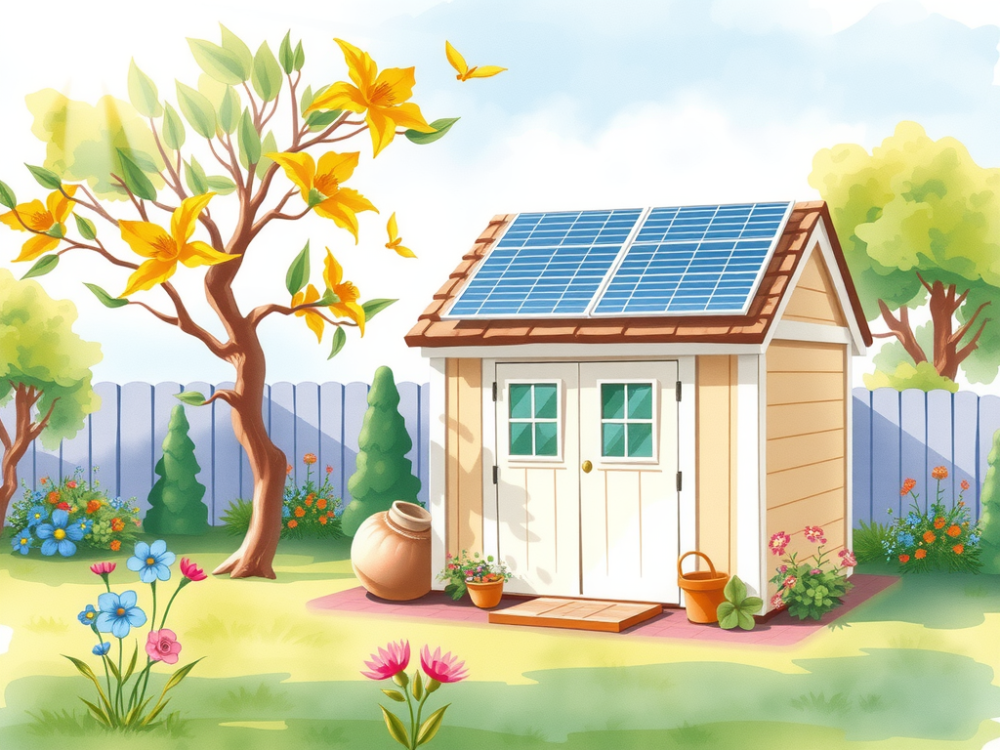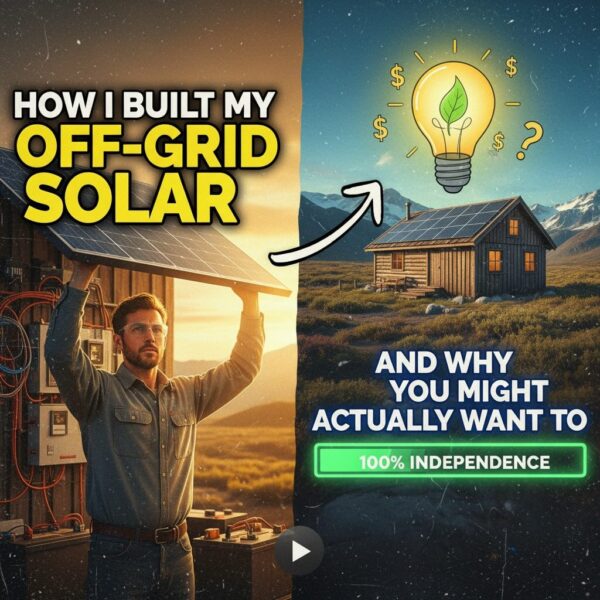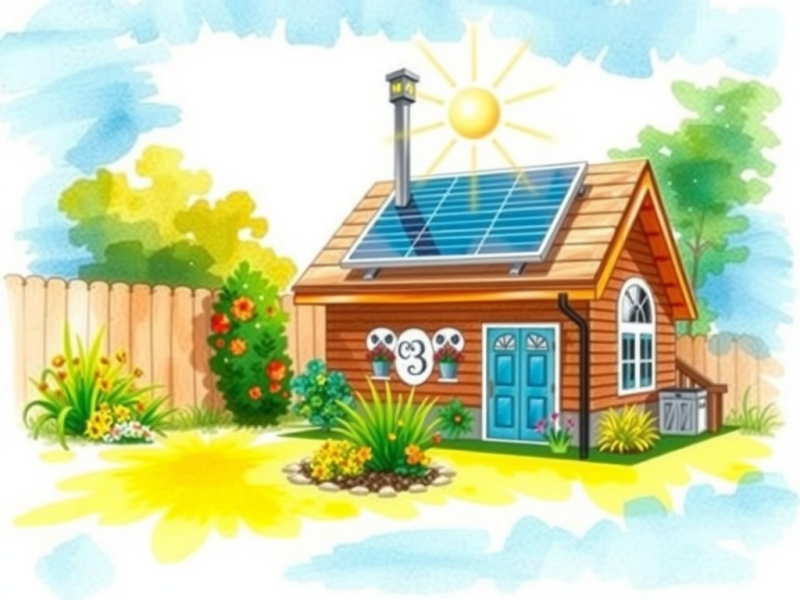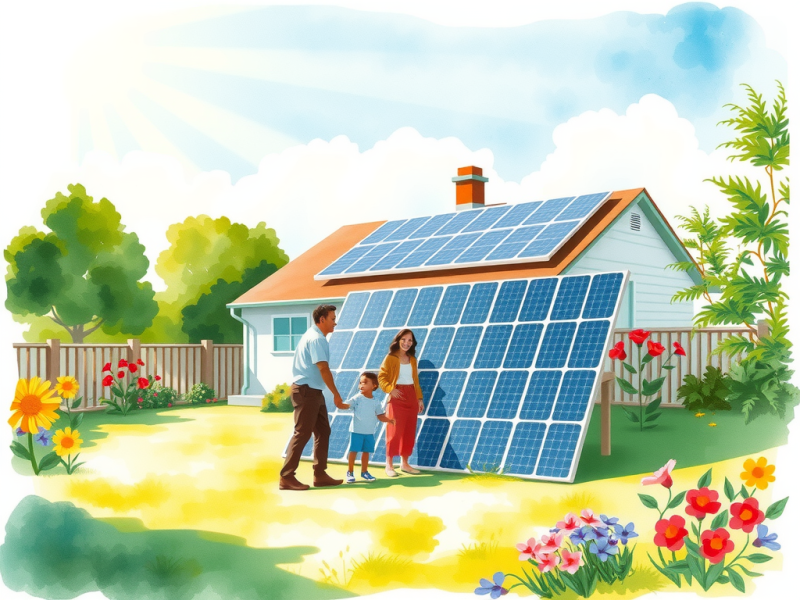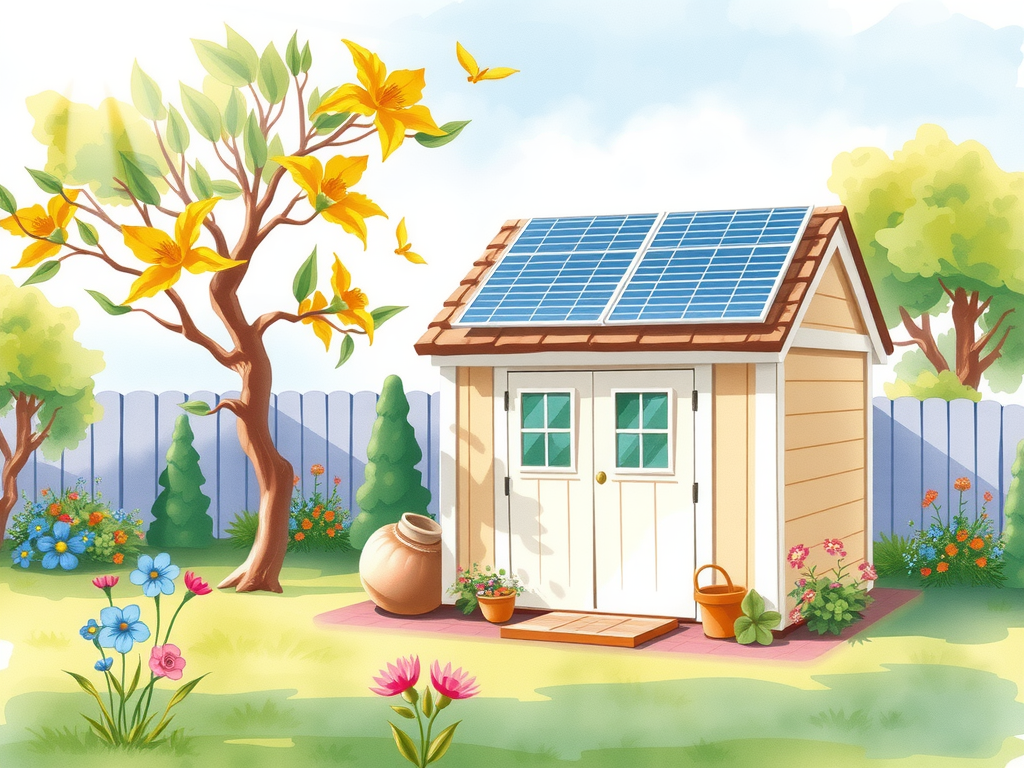
Homeowners can generate renewable energy with DIY solar panel kits. These kits include all necessary components like panels, inverters, and mounting hardware.
Choosing the right model is crucial for achieving energy independence.
Learning the key features helps you make informed decisions.
Click here to learn more about: how to make homemade soap at home
Selecting Affordable Solar Kits For Beginners
Affordable solar kits are available for beginners looking to reduce energy costs.
Researching local incentives and rebates can significantly lower your expenses. Many programs support renewable energy adoption.
Comparing Features of Beginner Kits
Compare features of affordable solar kits by examining the following:
- Components: Check panels, inverters, and mounting options.
- Installation Support: Look for kits with straightforward instructions.
- Customer Service: Strong customer support ensures a smoother setup.
Installation Ease
Choose kits designed for easy installation. DIY solar projects should have detailed guides and online support to assist users. A smoother setup can lead to a successful project.
Consider the following benefits of DIY solar kits:
- Complete solutions include panels, inverters, mounts, and wiring.
- Compatible with homes, cabins, workshops, and RVs.
- Grid-tied kits enable net metering and significant bill reductions.
- Off-grid options offer total energy independence with battery storage.
- Modern kits come with installation support and easy-to-follow instructions.
Choosing the right solar technology enhances your home improvement efforts. Ensure you assess all aspects, including system scalability and available tax credits.
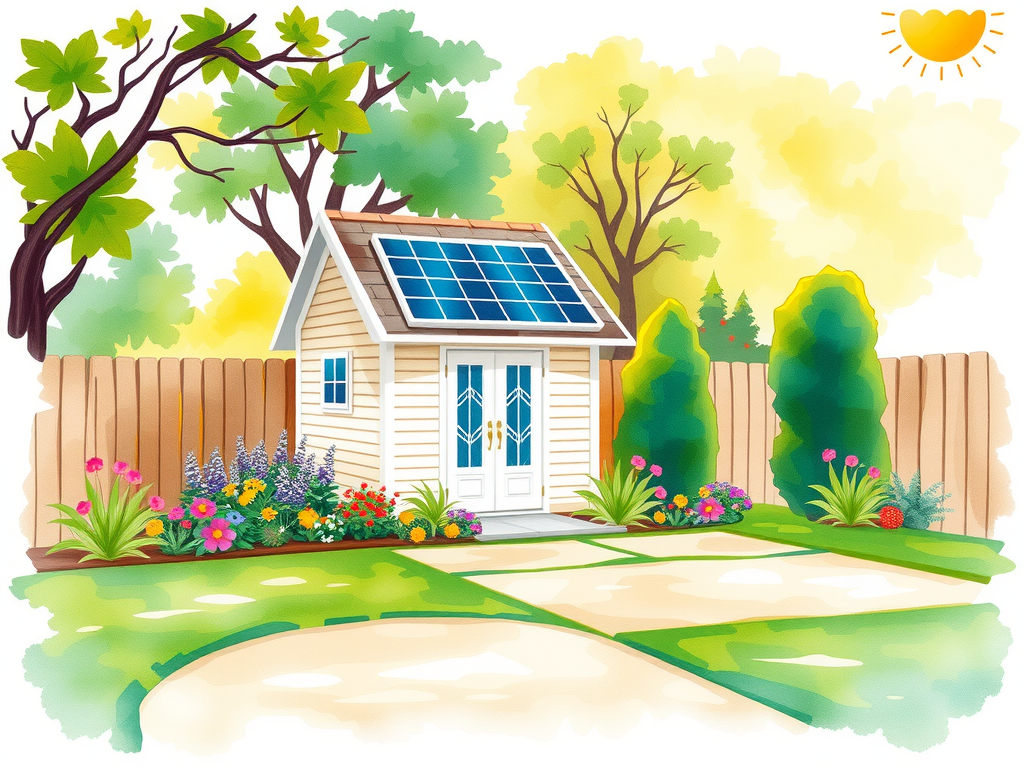
Next Steps in Your Solar Journey
Now that you know about selecting affordable solar kits, you can explore more details on installation and maintenance. Your DIY solar systems journey can start today!
DIY Solar Systems Benefits
DIY solar systems offer many advantages for homeowners. Cost savings are significant; users report reductions in energy bills by up to 70%.
These systems allow homeowners to generate their own power, promoting energy independence.
Environmental benefits are notable too, as solar energy helps reduce greenhouse gas emissions.
Examples include off-grid cabins and urban homes, showcasing various applications. Many schools and nonprofits use affordable solar kits to reduce costs and promote sustainability, highlighting the community benefits of renewable energy.
DIY solar projects not only save money but also support a cleaner environment.
Key Financial Advantages
Implementing DIY solar projects can lead to long-term financial benefits.
Tax credits and incentives are often available, further enhancing cost savings. Homeowners can also increase property value through quality solar technology.
Many find that installing solar systems lowers utility costs while contributing to eco-friendly energy sources.
Environmental Impact
Switching to solar contributes significantly to sustainability.
Each photovoltaic module installed helps lower the carbon footprint.
Communities adopting solar can see improved air quality and decreased reliance on fossil fuels. Statistics show that solar energy can reduce carbon emissions by up to 80% over its lifetime.
Essential Solar Installation Equipment Explained
Choosing the right tools is important for installing a DIY solar system.
Safety gear like gloves and goggles is essential for protecting yourself during solar panel installation. Common tools needed include drills, levels, and wrenches for proper mounting.
A checklist of must-have items includes:
- Solar panels
- Inverters (microinverter or string inverter)
- Mounting hardware
- Wiring
- Batteries for storage (optional)
Using high-quality solar installation equipment enhances both safety and system performance.
Importance of Safety Gear
When working on home solar projects, safety is a priority. Proper gear minimizes risks during installation. Always check your gear before beginning any project to ensure maximum protection.
Tools Checklist for Beginners
Before starting your DIY solar project, gather the following tools:
- Drill for mounting
- Level for panel alignment
- Wrenches for securing bolts
- Wire cutters for custom wiring
- Safety goggles for eye protection
Ensuring you have the right equipment supports a smooth installation process. Investing in quality tools leads to better results and system longevity.
| Benefit | Details |
|---|---|
| Cost Savings | Users report reductions in energy bills by up to 70% |
| Environmental Impact | Solar energy can reduce carbon emissions by up to 80% over its lifetime |
| Property Value Increase | Installing solar systems can increase property value |
| Community Benefits | Schools and nonprofits use affordable solar kits to promote sustainability |
How To Choose Inverter Types For Efficiency
The choice of inverter types greatly affects your solar system’s overall efficiency. Inverter efficiency directly influences your energy output.
String inverters are suitable for larger residential setups and are cost-effective.
When it comes to shaded areas, microinverters optimize performance for each panel, making them a great choice.
Another option is power optimizers, which provide a balance by enhancing performance while managing costs. For optimal function, place inverters in shaded, cool areas.
This simple placement tip can significantly boost energy production for your DIY solar systems.
Exploring Offgrid Solar Options For Independence
Offgrid solar systems enable financial freedom by reducing dependence on utility services. These systems typically use solar battery storage to ensure energy availability during nighttime or cloudy days.
Selecting the right battery, such as lithium-ion or lead-acid, is crucial for reliable performance.
Successful case studies highlight how small homesteads thrive with tailored solar setups, effectively meeting their energy needs.
RV owners enjoy enhanced travel experiences with offgrid solutions, maintaining independence while on the road.
Battery Storage Solutions
Battery storage options play a key role in offgrid systems. Choosing the right battery bank ensures energy availability, making systems more reliable.
This can include:
- Lithium-ion batteries for longer life and faster charging.
- Lead-acid batteries for cost-effectiveness and widespread compatibility.
Successful Offgrid Installations
Researching successful installations can guide your own offgrid solar project. Many homeowners have switched to offgrid solar options to achieve energy independence. These systems often include:
- Solar panels designed specifically for offgrid setups.
- Solar monitoring systems that track performance and usage.
- Scalable designs to expand as energy needs grow.
Inverter Types and Offgrid Solar Systems
- String inverters can reduce installation costs by up to 20% compared to microinverters.
- Microinverters can improve energy production by 10-25% in shaded conditions.
- Lithium-ion batteries typically last 2-3 times longer than lead-acid batteries, offering better long-term value.
- Offgrid solar systems can reduce electricity bills by 100% for homeowners who utilize battery storage effectively.
Key Features Of PV Module Packages To Consider
Choosing the right PV module packages impacts overall system efficiency and reliability. First, assess the warranties offered by manufacturers; a good warranty often lasts 25 years and covers performance.
Reputable manufacturers provide strong support, which can be invaluable for maintenance.
To evaluate module performance ratings, understand metrics like PTC and STC that indicate actual power output.
Be aware that higher cell efficiency translates to better energy production. Consider installation support and available resources to ensure your solar system performs optimally over time.
Tips For Maximizing Energy Efficiency Strategies
Implementing energy efficiency strategies can greatly enhance your solar system’s performance.
Start by conducting an energy audit; this helps identify where energy is wasted in your home. Then, utilize energy-efficient appliances to reduce overall consumption.
Sealing windows and doors prevents heat loss, further optimizing energy use.
Adjusting solar panel angles ensures maximum sunlight exposure.
Consider battery storage for power during outages, which increases energy independence. Adopting these practices can significantly boost your overall energy savings and improve the effectiveness of your home solar projects.
Practical Tips for Reducing Energy Consumption
Implementing these energy-saving techniques can lead to significant improvements:
- Conduct a thorough energy audit to find areas needing improvement.
- Install energy-efficient lighting like LED bulbs.
- Use programmable thermostats to manage heating and cooling more effectively.
- Opt for energy-efficient appliances that consume less power.
- Seal leaks around doors and windows to maintain temperature.
- Consider solar battery storage for continuous energy supply during outages.
| Key Features | Details |
|---|---|
| Warranty Duration | Typically lasts 25 years |
| Performance Metrics | PTC and STC ratings indicate actual power output |
| Cell Efficiency | Higher efficiency leads to better energy production |
| Energy Audit Benefits | Identifies areas of energy waste |
What Are The Best Home Solar Projects
Home solar projects can transform your energy consumption efficiently. Engaging in DIY solar systems allows homeowners to generate renewable energy while reducing utility bills.
Focus on budget-friendly projects that promote energy savings.
For instance, consider small solar water heaters or installation of affordable solar kits.
These initiatives save money and contribute to sustainability. Data shows that households using solar solutions can cut energy costs significantly over time.
Explore innovative projects like solar ovens or solar chargers to spark creativity in your solar journey.
Top Budget-Friendly Solar Projects
DIY solar panel kits provide complete solutions for generating power. These kits include solar panels, inverters, mounting systems, and wiring.
They are ideal for homes, cabins, workshops, and RVs.
Here are some key points:
- Grid-tied kits enable net metering and significant bill reductions.
- Off-grid options offer total energy independence with battery storage for nighttime use.
- Modern kits come with detailed instructions and customer support for easy installation.
- Choose microinverters for maximum efficiency if shading is an issue.
- Battery-ready kits ensure backup power during outages.
- Customization allows for expansion as energy needs grow.
Innovative Solar Projects to Consider
Consider creative ways to implement solar technology. Projects like solar water heaters and solar chargers provide utility and encourage sustainability. These innovative projects highlight flexibility. They demonstrate how to utilize solar energy effectively.
Statistically, homes with solar panels can see a property value increase of 4% to 6%.
As you explore home solar projects, remember to assess your needs and budget. This ensures you choose the best solar solution. Whether for energy savings or sustainability, the options are numerous and rewarding.
Home Solar Projects
- Households using solar solutions can cut energy costs significantly over time.
- Grid-tied solar kits enable net metering, leading to substantial reductions in utility bills.
- Homes with solar panels can see an increase in property value of 4% to 6%.
- DIY solar projects promote sustainability while providing a cost-effective energy solution.
How To Install Solar Panels At Home Easily
DIY Solar Panel Installation Guide Made Simple

